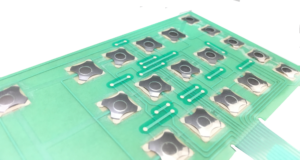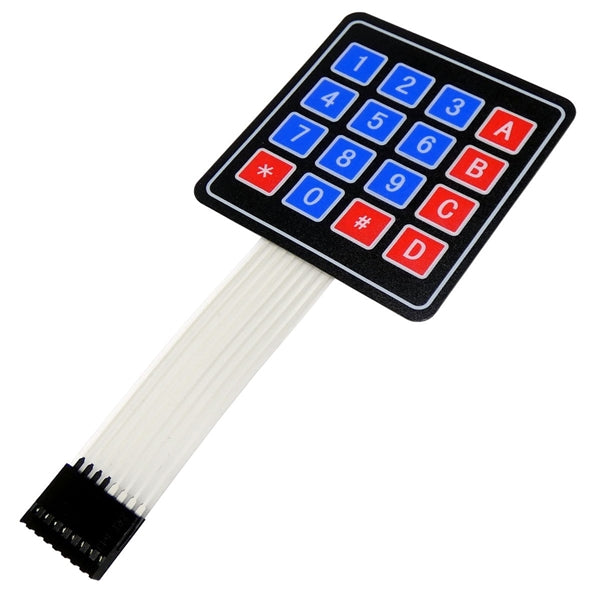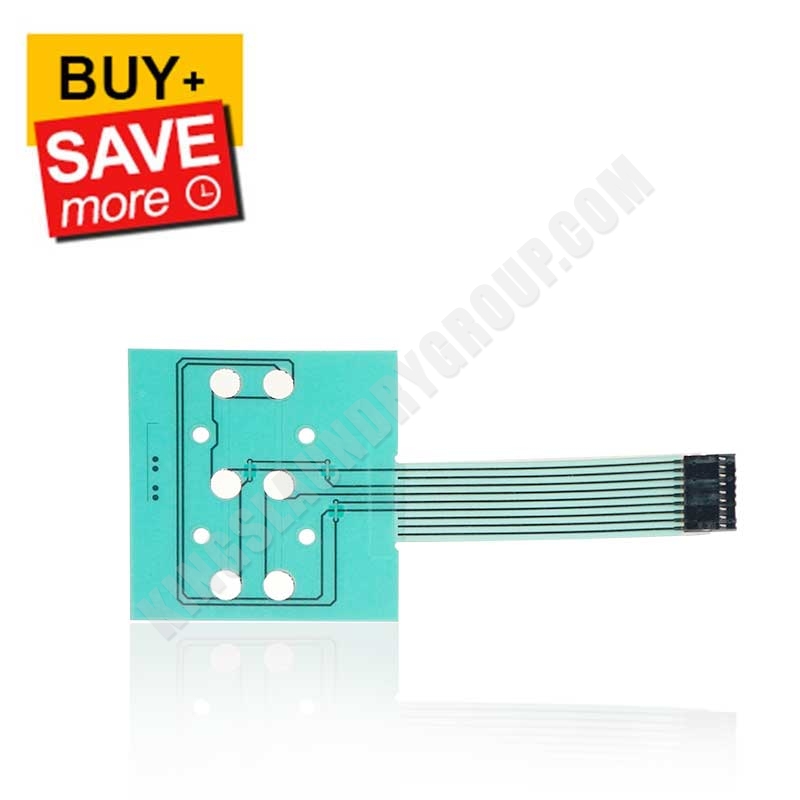The Importance of Membrane Switches in Creating Intuitive Interfaces
Why Membrane Switches Over Are Vital for Durable Control Equipment
Membrane switches play a pivotal duty in guaranteeing the durability and integrity of control systems across numerous industries. As we discover the multifaceted benefits of membrane layer buttons, it comes to be obvious that their significance goes beyond plain performance, affecting user experience and functional efficiency.
Summary of Membrane Buttons
Membrane layer buttons are functional and dependable elements frequently utilized in different electronic control systems. The graphic overlay offers both practical and aesthetic style, while the spacer layer guarantees that the switches are triggered only when pressed.
Membrane switches are commonly preferred in applications needing a small and lightweight design, making them perfect for handheld tools, clinical devices, and industrial machinery. They can be personalized to satisfy particular user requirements and can include numerous functions such as backlighting, tactile feedback, and numerous colors. Additionally, membrane buttons are resistant to dirt, moisture, and contaminants, making them ideal for settings where longevity is necessary.
Benefits of Resilience
In many applications, the longevity of membrane switches deals substantial benefits that boost their overall efficiency and reliability. These buttons are developed to hold up against extreme environments, making them excellent for use in requiring conditions such as high moisture, severe temperatures, and direct exposure to chemicals. Their robust building and construction helps to avoid damage from physical influence, guaranteeing long-lasting performance and minimizing the requirement for frequent replacements.
In addition, membrane switches are immune to deterioration, which is vital in applications where frequent interaction happens. This durability equates to decrease maintenance expenses, as companies gain from minimized downtime and less service interruptions. The encapsulated layout of membrane layer switches safeguards interior elements from dirt and dampness access, additional contributing to their lifespan (membrane switch).
Another benefit is their capacity to keep regular efficiency over time. With a high tolerance for mechanical tension, these switches preserve their responsive feedback and electric stability, ensuring user fulfillment. Inevitably, the durability of membrane layer switches over not just boosts functional performance but also cultivates self-confidence in their integrity, making them a recommended option for control systems across different industries.
Applications in Various Industries
Durable control systems employing membrane layer buttons locate substantial applications across a series of industries, each taking advantage of the one-of-a-kind features these buttons provide. In the medical field, membrane layer switches are crucial for devices such as patient displays and analysis equipment, where integrity and convenience of cleaning are paramount. Their resistance to dampness and pollutants ensures they keep performance in sterile environments.
The auto market leverages membrane layer buttons for dashboard controls and infomercial systems, where they offer sleek, inconspicuous interfaces that improve user experience. These buttons are also made to stand up to harsh problems, including exposure to severe temperature levels and vibrations.
In industrial settings, membrane layer switches are typically made use of in machinery control board, providing responsive feedback and durability needed for high-usage investigate this site applications. Their ability to withstand chemicals makes them ideal for producing environments where spills and impurities are frequent.

Customer electronic devices, such as kitchen home appliances and remotes, also utilize membrane buttons for their versatility and cost-effectiveness. In general, the flexibility and robust nature of membrane layer switches make them vital throughout numerous sectors, guaranteeing effective procedure check and long life in control systems.
Layout and Aesthetic Appeal
While functionality is vital, the style and visual allure of control systems outfitted with membrane layer buttons play an essential role in customer engagement and overall experience (membrane switch). The visual design of these buttons can significantly influence user perception and communication. A properly designed membrane layer button boosts the good looks of the tool, making it extra enticing to individuals and cultivating a link in between the customer and the item
Membrane changes provide a terrific deal of flexibility in design, permitting suppliers to tailor graphics, colors, and textures to align with brand name identification and product looks. The usage of lively colors and distinct patterns can attract interest, while tactile responses can strengthen the individual's communication with the tool. Furthermore, the ability to incorporate LED signs and backlighting into the membrane layer button design provides both practical and aesthetic advantages, improving visibility and usability in different environments.

Enhancing Customer Experience

Additionally, membrane layer buttons can be personalized to integrate visual user interfaces, you can try this out enhancing usability by presenting information in a clear and intuitive way (membrane switch). This personalization can consist of icons, labels, and color coding that guide individuals with complicated performances with simplicity. Furthermore, their adaptability permits assimilation in numerous settings, making certain constant efficiency whether in industrial machinery or consumer electronic devices
The durability of membrane buttons additionally plays an essential duty in customer experience. By standing up to extreme problems and expanded usage, these switches decrease the likelihood of system failings, thus advertising dependability and individual self-confidence. Inevitably, the calculated use membrane switches over not just elevates functionality yet likewise considerably enriches customer interaction with control systems, making them an important component in modern-day style.
Conclusion
